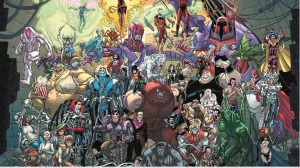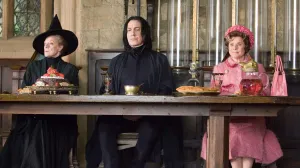The X-Men give their all to protect a world that hates and fears then, and they’ve rode that to the top. The X-Men may have lost some stature when the heroes of the MCU became Marvel’s most important characters, but the X-Men have the kind of cultural cache that the Avengers don’t. In the parlance of wealth, the X-Men are old money, having built their pop culture dominance in the ’90s in a way that the Avengers weren’t able to accomplish until recently. Over the years, Marvel has given readers some of the best superhero comics of all time starring the X-Men, and the franchise has developed its own micro universe within the greater confines of Marvel.
Videos by ComicBook.com
However, things haven’t been all peachy for the X-Men over the decades. As with any long-running fictional franchise, the X-Men have had their shares of ups and downs. While the ups have often been dizzying, the cavernous lows have done a lot of damage to the X-Men. Sometimes, these problems start behind the scenes and other times they are right there in the comics. We’re going to look at the 10 worst things to the happen to the X-Men, five from behind the scenes and five bad choices in the stories themselves that have damaged the property.
10) The Image Exodus

The late ’80s and early ’90s were a time of massive success for the X-Men, and a big reason for that was the art. Marc Silvestri joined Uncanny X-Men as penciler in the late ’80s, and the book’s art was gorgeous. Soon, artists like Jim Lee, Whilce Potracio, and Rob Liefeld all began drawing the X-Men, and readers got a period of some of the best art from the entire run of Uncanny X-Men. The artists gained more and more power over the storytelling of the books, but this was a double-edged sword. As their work became more important to the books overall and they were given more freedom, they also wanted more money and credit from Marvel. Marvel had no intention of giving them ownership stakes in the characters they were creating, so Silvestri, Lee, Potracio, and Liefeld joined Todd McFarlane, Erik Larsen, and Jim Valentino and left Marvel. The seven of them started Image Comics, and Marvel was suddenly playing catch up. You can argue with whether their art was actually great — such things are entirely subjective — however you can’t argue with the sales numbers they were putting up. The Image exodus did damage to the X-Men books and Marvel in the long term, and saw Marvel do their best to embrace the same style over substance approach that the Image founders rode to the bank.
9) Chris Claremont Leaving the X-Men

Chris Claremont made the X-Men into titans. Claremont was handed the team after the success of Giant-Size X-Men #1, and ran with the book, creating some of the greatest stories of all time. Claremont’s approach to the X-Men embraced soap opera-style character based storytelling while also giving readers some awesome sci-fi/fantasy/superhero goodness. Claremont steered into the social message of the X-Men, tackling the issue of civil rights in an engaging way. Claremont created most of the great villains in X-Men history. His recreation of Magneto made the villain into the star he is today; in fact, you could even say that he created the modern conception of the character. Nearly every good X-Men idea came from Claremont. He wrote the book from 1975 to 1991, the kind of long run we’ll never see again. However, as the artists got more popular and got more control over the storytelling, Claremont left the book. This was a massive blow, creatively, to the X-Men. Claremont had stories planned out for a lot more X-Men comics, and most of those ideas are better than the ones Marvel ended up using in the ’90s. Claremont staying on the X-Men through the early years of the ’90s would have gave readers some great stories (Claremont has talked about his plans for the X-Men post-1991 a lot, so give it a Google), and maybe would have kept Marvel from falling into the style over substance approach that did so much damage to the company.
8) Chuck Austen’s Run on the X-Men

The early ’00s were an interesting time for Marvel. Joe Quesada had just become editor in chief, and he was able to bring a lot of new blood into the company. One of these creators was a writer/artists named Chuck Austen. Austen had been a D-list creator for years — his biggest work was drawing Miracleman with Alan Moore — but he was given a chance to shine in the early ’00s, working with Brian Michael Bendis on an Elektra comic and putting out a critically acclaimed War Machine series. Marvel decided to promote him to the top of the company’s pecking order thanks to these successes and and gave him Uncanny X-Men. What followed was several years of the worst X-Men stories ever. It’s not so much the ideas of Austen’s run were bad — looking at most of Austen’s stories, there was a glimmer of something interesting in each of them — but the execution was terrible. Austen was all about the edgy aesthetic of the early ’00s, and it just didn’t work. It was especially bad since Grant Morrison was putting out a best of all time X-Men run on New X-Men, so Austen’s work was being compared to the best X-Men book of the day and was found wanting. Fans complained about Austen constantly, but the sales took ages to fall down, so he kept his role far past when he should have. Go and read “She Lies With Angels” or “The Draco” or “Reloaded” if you want to see how bad things had gotten.
7) Grant Morrison’s Departure from New X-Men
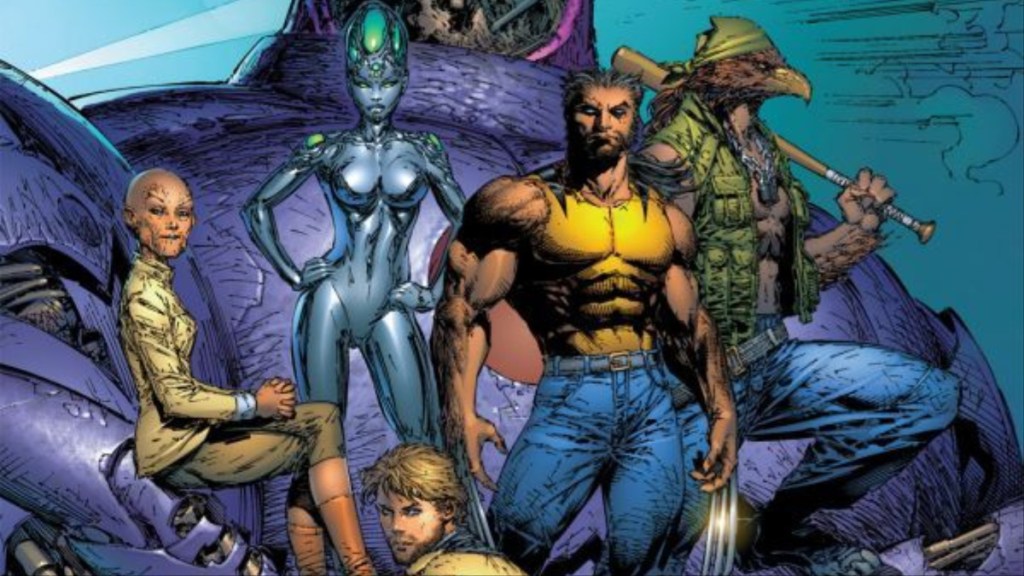
Marvel getting Grant Morrison was a coup for the publisher. Morrison had left DC because of issues with Warner Brothers (the Wachowskis pulled a lot from their series The Invisibles for The Matrix and DC had turned down the “Superman 2000” proposal from Morrison, Mark Waid, Mark Millar, and Tom Peyer), and Marvel snapped them up. Morrison was given the helm of X-Men, and decided to drag the X-Men into the 21st century. New X-Men is an X-Men masterpiece, a 40 issue run that took old aspects of the X-Men and modernized them into something new — there’s a reason “new” was added to the title. New X-Men is the 21st century’s best X-Men run and it’s not even close. Morrison brought their gonzo imagination to Marvel’s merry mutants and it paid dividends. However, as revealed in their book SuperGods (a must read for any superhero fan), editorial clashes caused Morrison to leave Marvel and return to DC. Morrison had a lot more X-Men stories they wanted to tell, and readers missed out because Marvel editorial wouldn’t stay out of Morrison’s way. Morrison leaving the X-Men was a huge blow to both the X-Men and Marvel; we missed out on Morrison tackling something like the Avengers.
6) Jonathan Hickman Leaving the X-Men Before Finishing His Story
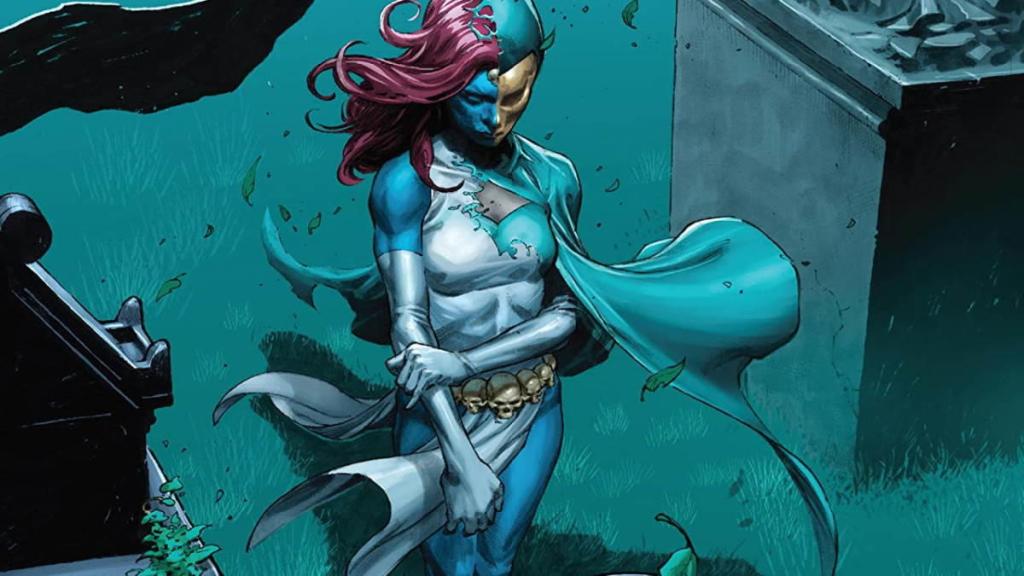
Jonathan Hickman is the ace of 21st century Marvel. His work on The Ultimates, Secret Warriors, S.H.I.E.L.D., Fantastic Four, Avengers, and New Avengers, as well as event books like Avengers Vs. X-Men, Infinity, and Secret Wars, are all best of all time Marvel books. Once Marvel got the film rights back to the X-Men, Hickman was given the X-Men titles and created the blockbuster Krakoa Era. Hickman took the X-Men in unique directions and had a plan for the book. He was put in charge of the X-Men line and was given his pick of creators. However, that collaboration changed his story, and he eventually ended up leaving the books. Hickman was building something amazing with the Krakoa Era — go back and read House of X/Powers of X and X-Men to get an idea of where he might have taken the books — but his story was changed to much by the other creators that he decided to leave. This was part of the downfall of the Krakoa Era; while there were some great books from the post-Hickman period, there also was a lot of really bad stuff. We’ll never know what we could have had if Hickman stayed, but there’s one guarantee; it would have been better than what we ended up getting.
5) Graymalkin Prison

The end of the Krakoa Era brought readers the new X-Men publishing initiative “From the Ashes”. “From the Ashes” has been remarkably uneven, but there’s one idea from it that really shows the biggest problem with it — Graymalkin Prison. The government took over the grounds of the old Xavier Institute and made it into a mutant prison, with the mysterious Warden Ellis doing something sinister with the mutants imprisoned there. The X-Men’s old home being made into a prison for mutants is an idea that one would think is interesting, but so far it has just been fodder for two mediocre crossovers — “Raid on Graymalkin” and “X-Manhunt”. The X-Men aren’t really taking this threat to them seriously, allowing the government to keep their old home and do something terrible to mutants in what should be hallowed ground for mutantkind. The X-Men allowing this to stand is definitely one of the worst ideas of “From the Ashes” and it’s very existence is a wart on the soul of the X-Men.
4) Evil Charles Xavier

Professor X is the X-Men’s mentor and has played a huge role in the team’s existence. Charles Xavier’s dream of peaceful relations between humans and mutants is the core of the X-Men, and he was something of a saint for a very long time. Xavier was never a perfect character — he created the Xavier Protocols to destroy the X-Men, was host to Onslaught, and was once in love with the teenage Jean Grey — but he was still a character readers and creators respected. All of that changed in the mid ’00s, when creators got the idea to dump a whole lot of grey morality into Xavier’s character. Suddenly, it was revealed that he had enslaved the sentient Danger Room computer and that he had sent a team to their deaths on Krakoa before the All-New, All-Different team, mindwiping everyone of their existence. Xavier was treated like a villain, his dream spurring him to go to pragmatic extremes that hurt the character immensely. It’s always interesting to reveal new facets to a character, but Marvel has basically destroyed Xavier as a character. At this point, it’s hard to imagine that they can fully redeem Xavier in anyway. Making Xavier more complicated is a good thing, but the direction they took him was a huge mistake.
3) The End of Krakoa
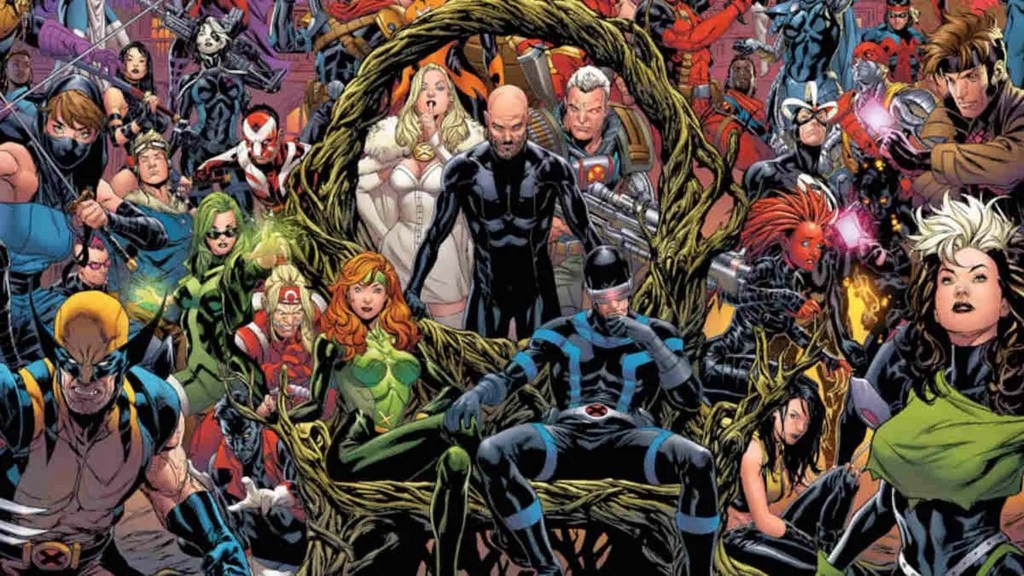
Krakoa was the hope of the mutant race, giving them a home and security for the first time in ages. The mutant nation was powerful, and while the mutants acted in a hubristic way, it’s hard to argue with their reasoning. Humans had been trying to slaughter mutantkind for years, so them creating their own country was prudent. The rise of Krakoa brought with it humanity creating the Orchis Initiative, with Krakoa and Orchis starting a cold war against each other. All of this came to a head at the third Hellfire Gala. Orchis had spent months preparing for their strike and basically decapitated Krakoa in one fell swoop. The ultimate Sentinel Nimrod lead an assault on the Gala, a battle that killed Iceman. Jen Grey Jubilee, Cannonball, Dazzler, and Prodigy, as well as every human at the Gala, and Xavier was forced to surrender. Krakoa was destroyed overnight, and the mutant race has been paying the price ever since. The mutant race lost everything that night, and while they were able to eventually defeat Orchis, that doesn’t change that they lost all of the power and security they once had.
2) The Terrigen Mist Clouds

Infinity was an Avengers event book from Hickman’s run on Earth’s Mightiest Heroes. During the event, Black Bolt detonated a weapon that would spread the Terrigen Mists, the catalyst for the transformations of the Inhumans, into the Earth’s atmosphere. Eventually, it was discovered that the Mists were harmful to mutants. At best they sterilized mutants; at worst they killed them. This changed the balance of power for the X-Men. Emma Frost faked Cyclops’s death, who has been killed by the Mists, blaming it on Black Bolt. The X-Men were forced to move the Jean Grey School into Limbo and bring as many mutants there as they could to keep the race alive. It was one of the worst times in mutant history, both in-universe and for X-Men fans, and it was yet another example of the whole world working against mutants. Eventually, this led to a war between the X-Men and the Inhumans, which saw the Inhumans willingly destroy the Terrigen Mist clouds.
1) Scarlet Witch Saying, “No More Mutants.”
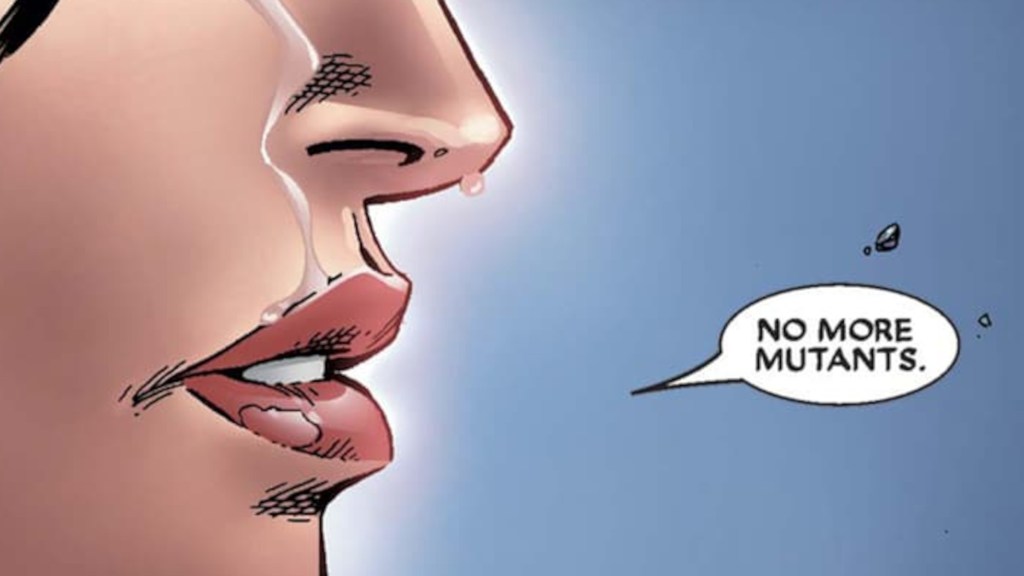
Mutantkind had ballooned in the early days of the 21st century, creating a vital new subculture on the Earth. It was an exciting time to be an X-Men fan, as things were being taken in entirely new directions. Then House of M happened. The Avengers and the X-men decided they had to deal with Scarlet Witch after her attack on the Avengers, and Quicksilver convinced her to create a world where mutants were the dominant species. This went about as well as you’d expect and the heroes worked together to get her to revert the world. However, all of Scarlet Witch’s trauma came to a head. Her friends didn’t want the world she had created, and she blamed the existence of mutants for all of her problems. This led to her saying three words which would echo over the years — “No More Mutants.” This reduced the mutant race to a mere 198 and new mutants stopped being born. The mutant race was in more danger than ever, and the X-Men became the only thing standing between them and complete annihilation. This forced a lot of unwelcome changes on the team, and led to them becoming more militant than ever. It changed the history of the mutant race forever, and everything that has happened since in the X-Men comics have been because of this event.
What do you think are the worst things to happen to the X-Men? Sound off in the comments below.

